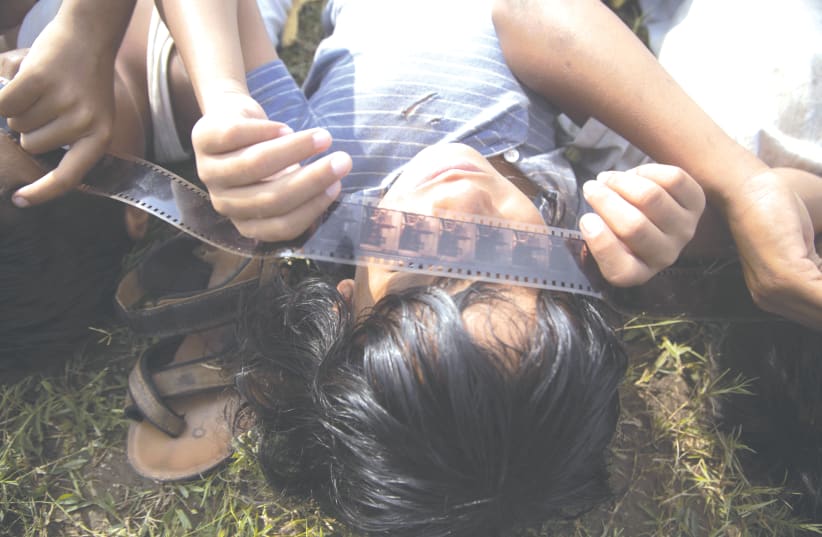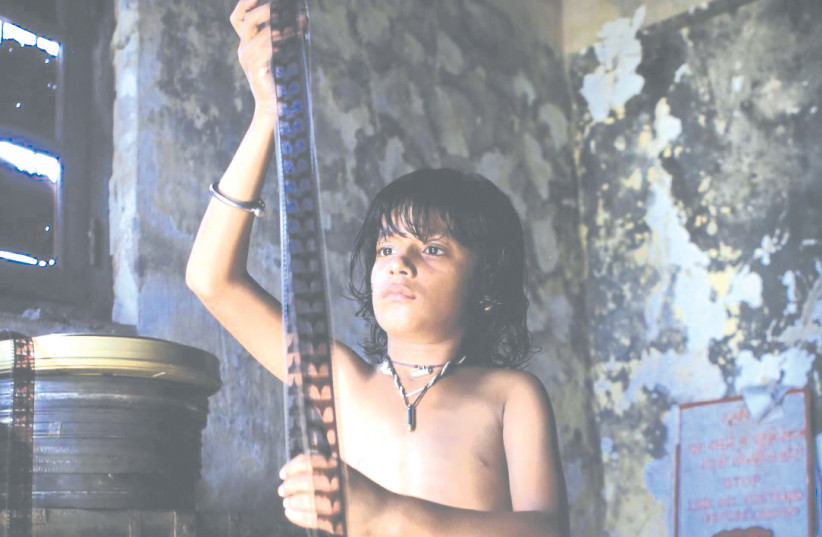Pan Nalin’s movie, The Last Film Show, which opens in theaters on January 26, is a bittersweet, elegiac coming-of-age story about a boy in India entranced by movies and determined to make his own.
About the film
It is interesting that it comes on the heels of Steven Spielberg’s The Fabelmans, which is also a coming-of-age story based on the director’s fascination with cinema when he was a child and adolescent. But The Last Film Show demonstrates that while the creative yearnings of children around the world may be similar, a childhood spent in India is its own unique story.
You may not have heard of the Gujarat, the region in which the movie was filmed and which is the name of the language the actors speak, but more than 60 million people live there, and the movie gives a glimpse into what life is like for a young, artistically inclined boy.
The title of The Last Film Show is of course a reference to Peter Bogdanovich’s classic, The Last Picture Show, where the closing of a movie theater is a metaphor for a town going to seed. In The Last Film Show, which is set in 2010, the story is slightly different. The theater that so captures the imagination of the young hero, Samay (Bhavin Rabari), the Galaxy Cinema, which sits near the railway in rural India, is set to switch from actual film to digital projection, a change that will irrevocably alter Samay’s moviegoing.
Samay, who lives with his family in a rural area, is introduced to movies when his father (Dipen Raval), a proud member of the Brahmin caste, takes the family to see a film that has a religious message that is suitable for his impressionable son to see at the Galaxy, a movie theater in a nearby town. It is an epic, and the pageantry and action catch the boy’s attention (much as Sammy Fabelman was drawn to the train crash at the end of the first movie he ever sees, The Greatest Show on Earth).
His father, who ekes out a living for the family running a tea stand by the train station, does not encourage his son’s love of movies at first, and the boy must sneak around to go to the theater. Eventually, he befriends Fazal, the Galaxy’s projectionist (Bhavesh Shrimali), who teaches him how to use the projector and lets him watch the movies.
This section of the movie, where the boy finds an idyll spending as much time as he can at the movie theater, plays like an Indian version of Cinema Paradiso. The grandeur of Bollywood cinema captivates Samay completely.
Once Samay sees his first movie, he is moved to the point of trying to capture the light he saw on screen and coming from the projector, as well as to recreate the scenes from the movie, much like in the hero in The Fabelmans, although of course here there is no camera for him to use.
But, like Sammy Fabelman, he has found his calling and he tells his friends about the movie with religious fervor, inspiring them to join him on all kinds of adventures, as they all try to capture light using rays of sunshine and pieces of colored glass. Their excitement is infectious.
Nalin, the director – probably best known internationally for his first feature, Samsara – is from the Gujarat region himself and the movie has autobiographical elements. The actors are uniformly excellent, particularly Bhavin Rabari in the leading role, who has a charming brashness.
The real star, however, is the cinematography, which lovingly captures the beauty of the landscape and the actors. The scenes in which his mother (Richa Meena) prepares dishes that look mouth-watering in her outdoor kitchen make you realize how cooking can be an art itself.
But for many viewers, the movie will be too slow. It runs nearly two hours and I could have done with fewer scenes of Samay staring at a ray of light, his face aglow. It begins to border on movie-lover kitsch, and while I am sympathetic to that, the story drags in some stretches. Film buffs, especially those who love Indian cinema, will enjoy it most.

